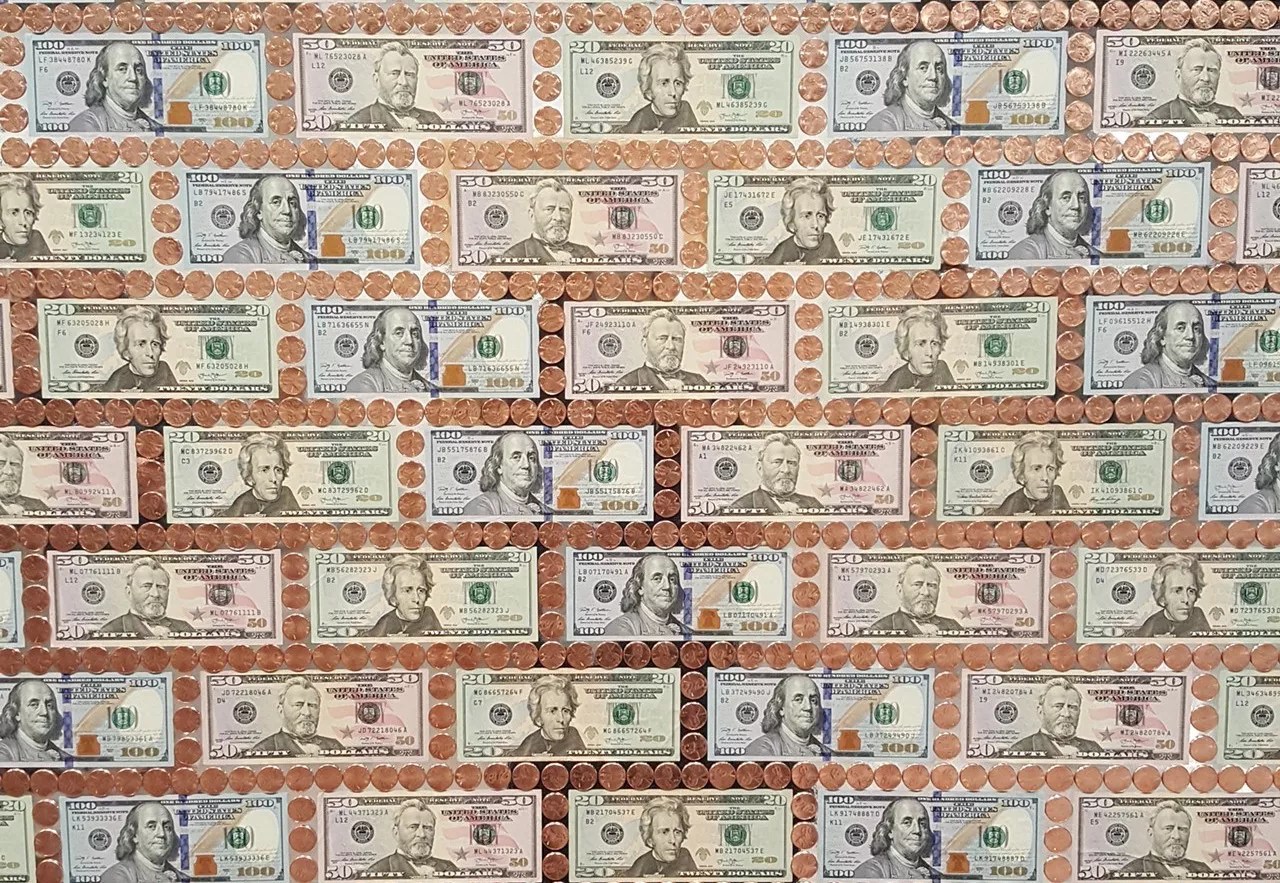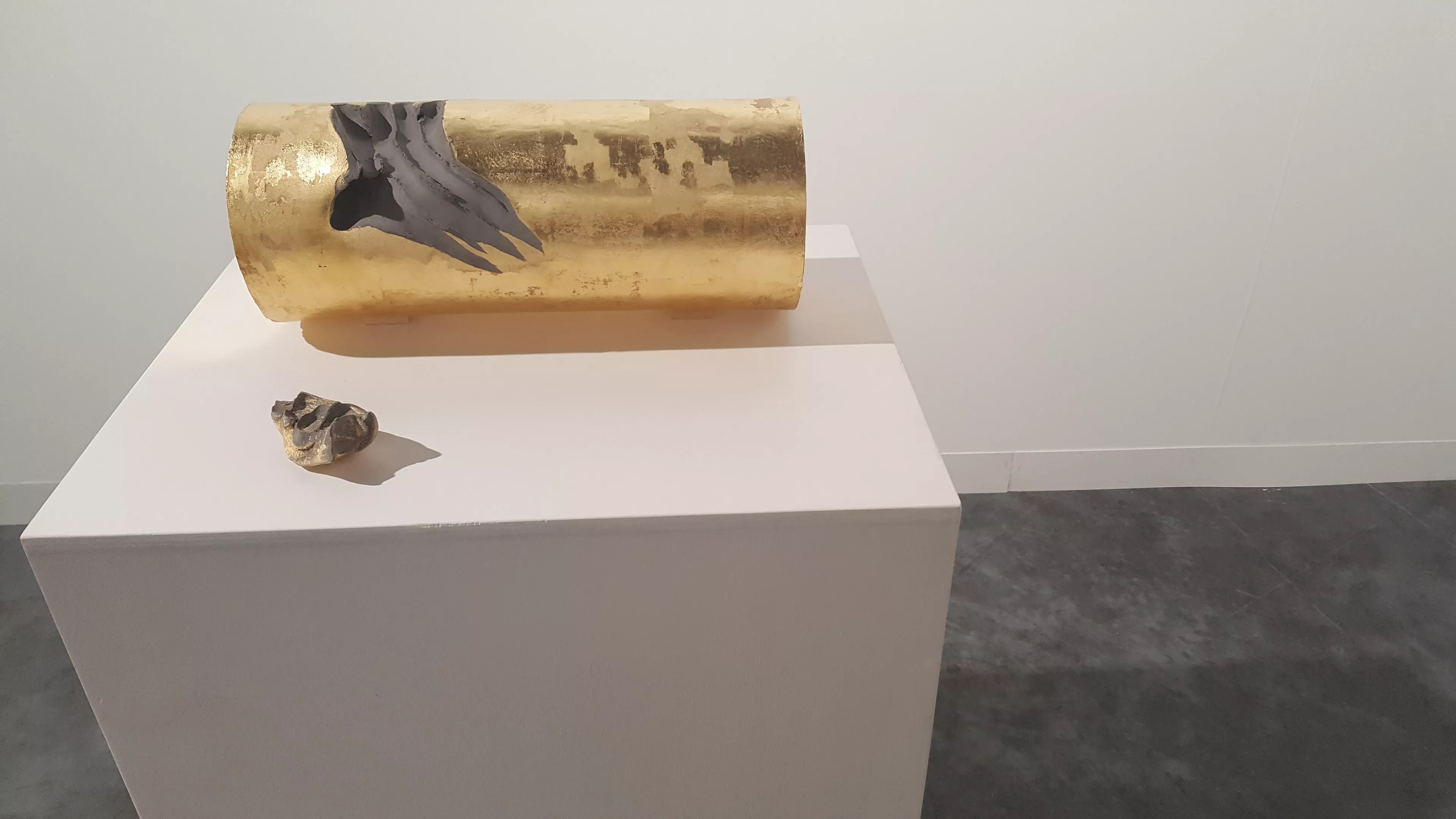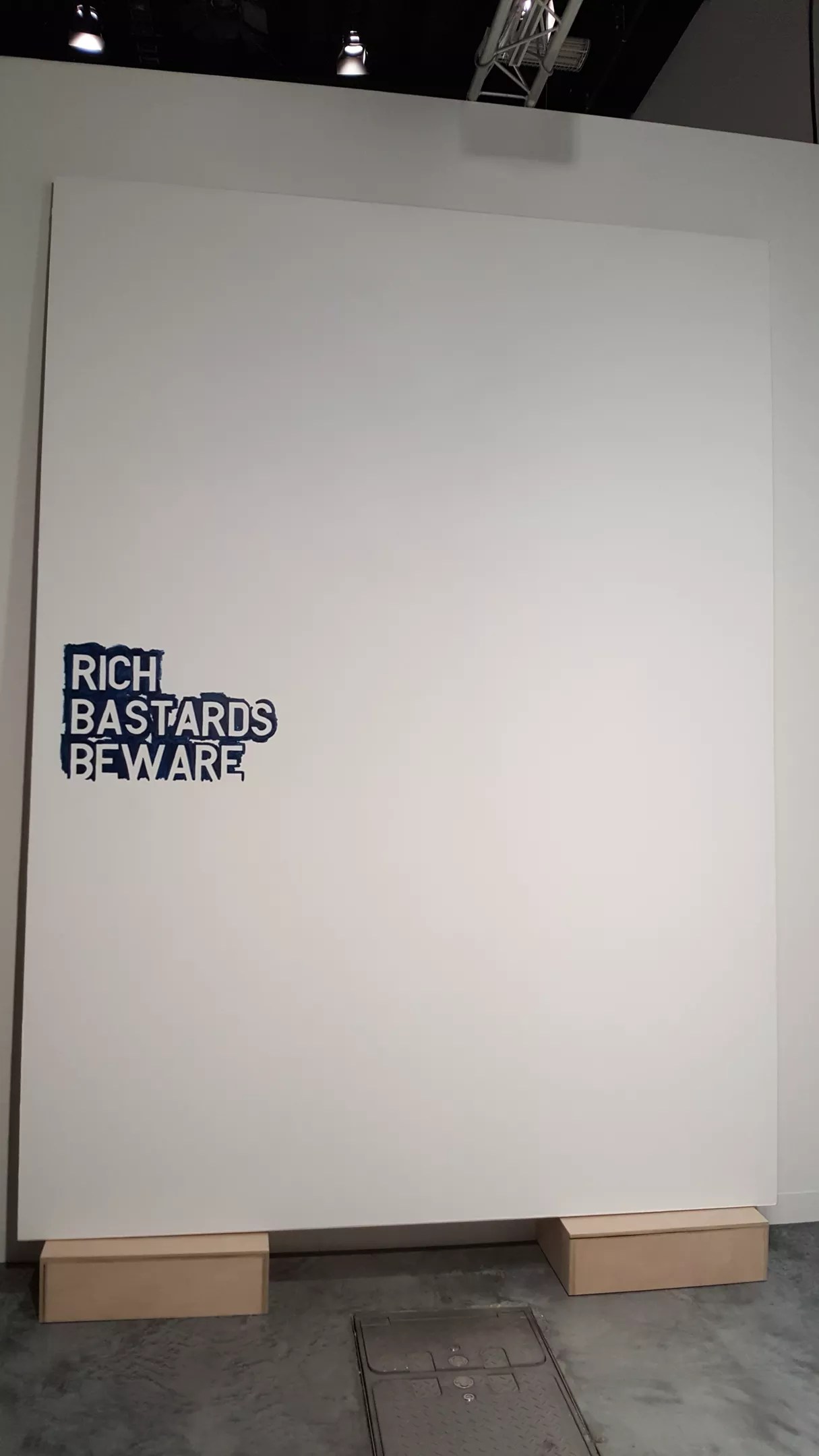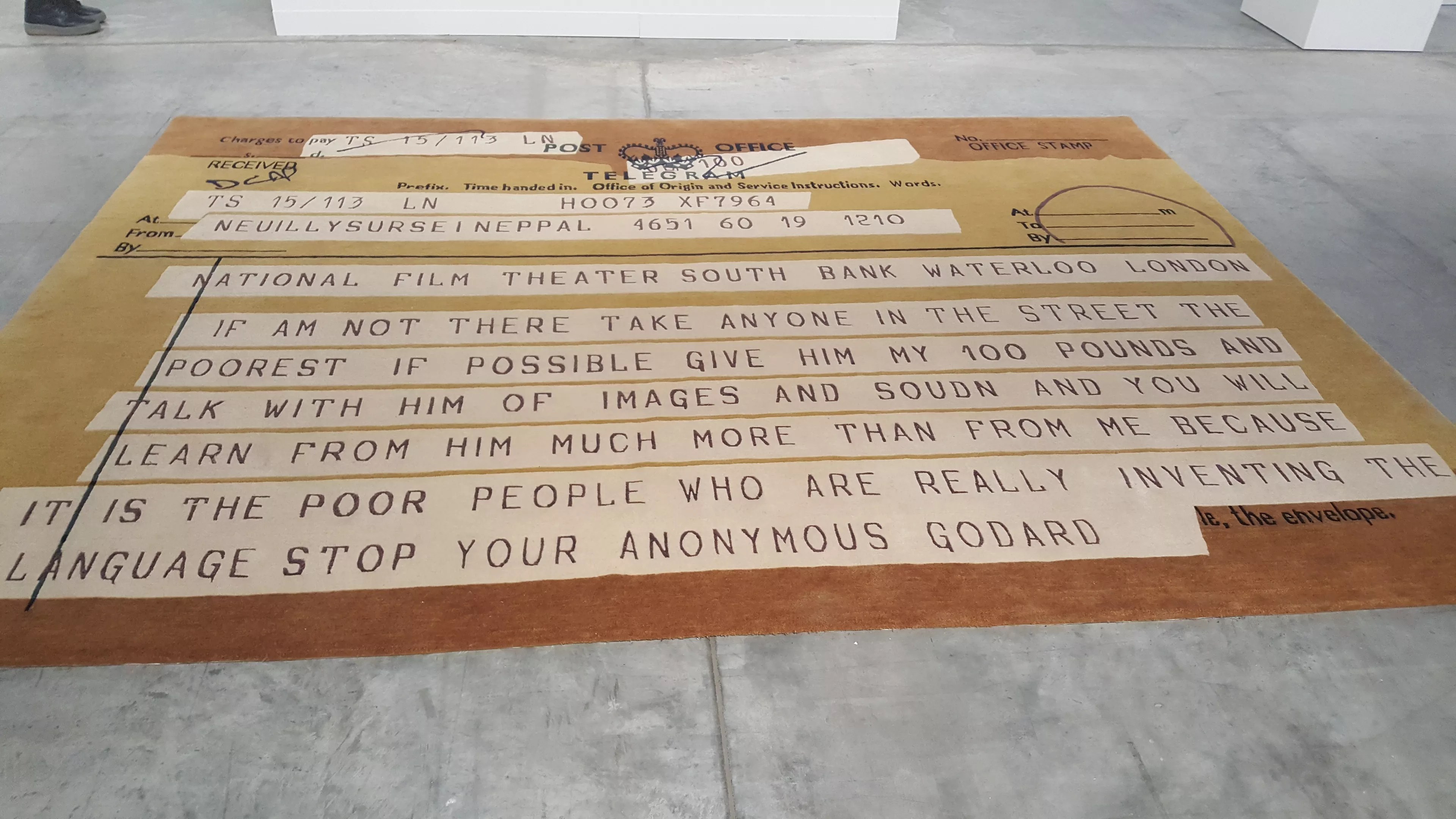
Photo by Taylor Estape

Audio By Carbonatix
For most Miamians, Art Basel is a week of horrific traffic. For some, it’s a chance to engage in a multitude of cultural offerings bubbling up all over the city. For fewer, it’s a chance to buy art offered by a selection of international galleries. According to statistics from Art Basel, about a third of the galleries worldwide pull in less than $500,000 a year in art sales. Another third rakes in anywhere between $1 million and $10 million. Which third is represented at Art Basel is unclear, but what is clear is why this global network of collectors, galleries, and artists finds itself in Miami Beach: More than half of the top 200 art collectors are based in the United States.
Like most things, the art world is a microcosm of what’s happening globally. Representatives of Art Basel tout this year’s political art, the growth of diverse representation from women artists and artists of color, and how Basel plays a role in art’s significance in society, both locally and globally. What’s casually ignored in these types of conversations are things such as ticket prices, sale prices for the art, and who, exactly, these collectors are.
Of course, artists deserve to get paid for their work. For his piece American Quilt 2018: Wall ($), Rob Pruitt used 61 hundred-dollar bills, 62 fifty-dollar bills, and 63 twenty-dollar bills to create a rectangle of cash over a chrome-covered canvas. As with any product, the cost to purchase it should exceed the cost of its materials, which would mean this work costs at least $10,500. And in the free market of ideas, Pruitt shouldn’t be limited by materials in his pursuit of creative expression and control.

Michel Fran
Photo by Taylor Estape
This year, make your gift count –
Invest in local news that matters.
Our work is funded by readers like you who make voluntary gifts because they value our work and want to see it continue. Make a contribution today to help us reach our $30,000 goal!
His isn’t the only work at Basel this year that employs a certain degree of glitz, although other pieces aren’t quite as pointed. Works by Michele François’ and Pascal Marthine Tayou cover materials in gold leaf, gold paint, or even 24-karat gold. Jack Pierson’s text piece uses gilded and yellow lettering reminiscent of the Golden Arches as much as the Gilded Age. An installation from Paola Pivi employs hundreds of strings of freshwater pearls in thick bouquets lined along a wall in gentle gradients of white, pink, gray, and brown.
It’s arguable that these pieces are more a critique of opulence than an attempt to play into it. Shelagh Wakely’s Beyond Consumption is a dessert tray of gilded fruit rendered inedible by the exact thing that’s meant to make them valuable. Zanele Muholi’s photograph from her series Hail the Dark Lioness depicts the artist classically posed with a headdress made of U.S. dollars, bringing up the history of imperialist exploitation of African countries that built this nation and continues to build others. On the one hand, Muholi could be elevating her position the same way the golden fists of Glenn Kaino’s Bridge recall Tommie Smith’s triumph in the 1968 Olympics. Yet the echoes of oppressive systems are undeniable.

Rirkrit Tiravanija’s untitled 2007 (rich bastards beware no. 1). See more photos from Art Basel Miami Beach 2018 here.
Photo by Taylor Estape
That isn’t to say the convention center is bereft of blatant resistance. Rirkrit Tiravanija’s canvas displays a pointed message in block letters: “RICH BASTARDS BEWARE.” Elisabetta Benassi’s re-creation of a telegram from Godard tells a British film society to replace him with “anyone in the street” for a lecture because “it is the poor people who are really inventing the language.” A Betty Tompkins painting has a message seemingly directly for the world of Basel itself: “The only way you will make it in the art world is on your back.”

Elisabetta Benassi’s Anyone in the Street. See more photos from Art Basel Miami Beach 2018 here.
Photo by Taylor Estape
The hype and frenzy of Art Basel go beyond the artists and their work. At the convention center, there’s more than one performance of wealth happening. Even in the Magic City, you would be hard-pressed to find a place more full of Louboutins, $50 buffets, and champagne carts than the Miami Beach Convention Center for the next four days. This isn’t to bemoan the existence of the rich, necessarily. But an irrepressible discord exists when art attempts to address the ills of a culture it’s required to appease.
In Teresa Margolles’ Tela en el